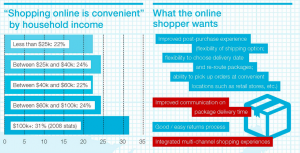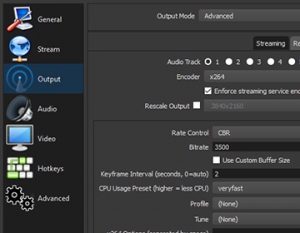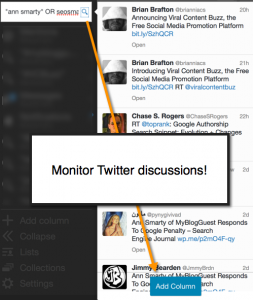— February 12, 2019
Think back to the first time thought leadership came up in an internal meeting. At a high level, you thought to yourself, “Yes, it makes total sense. Let’s do that.” Your team knows that your company has a lot to offer, you certainly know it and, now, your target audience will know it too.
But where to start? Months go by, quarters pass and you start to realize that perhaps there’s a bit more involved in getting your audience to buy in to your position as a thought leader.
If this at all sounds familiar, find comfort in knowing you are not alone. The path to thought leadership is not linear, and successful programs for one business are rarely identical to another’s. To help you sort through the fog, below are a few best practices to keep in your back pocket:
1. Continually Create Content
Blogs, webinars, podcasts, etc.
Generating content as part of your thought leadership program may sound like a no brainer, but, beyond being informative, you’ll want to ensure your content stands out from the crowd. Take a stand. Be bold! According to this Forbes article, “Once you take a point of view, express an opinion or share insider or expert-level knowledge, your addition to the conversation isn’t just another link amidst the marketing noise.”
It all starts with developing valuable content. By “valuable,” I mean the kind of content that’s going to encourage your target audience to engage. The type of content that generates the highest engagement depends greatly on your target audience. For example, a more technical audience might be intrigued by webinars, whereas a less technical audience may be interested in blogs. Take advantage of what you already know about your audience, and keep an eye on engagement data to fill any gaps.
2. Leverage What You’ve Got
Your website, social media, paid opportunities, etc.
Once you have content, you’ll need a plan for how to implement it on your site. If you have an active social media program, you should consider posting about new pieces of content. LinkedIn calls out one of the primary benefits of owned media: “Media that you own is content that you control.” You can control when, where and how content goes out, and that is a valuable piece of the thought leadership puzzle!
3. Earn What You Don’t
Contributed articles, interviews, press release pick-ups, etc.
This is where you’ll see the endorsement of your company’s positioning as a thought leader really start to build momentum. You can push messages out all day, every day, conveying your unique opinions and expertise, but, if the only place your expert voice can be found is through your own channels, the results of your efforts will not likely meet your expectations.
Meltwater defines earned media as “publicity gained from word of mouth, online reviews and blogger, press and influencer relations. It’s a third-party endorsement of your brand.” Seeking third-party opportunities for coverage is imperative to the process; it is the secret sauce to making your audience buy into your business’ expertise.
Business & Finance Articles on Business 2 Community
(47)
Report Post








